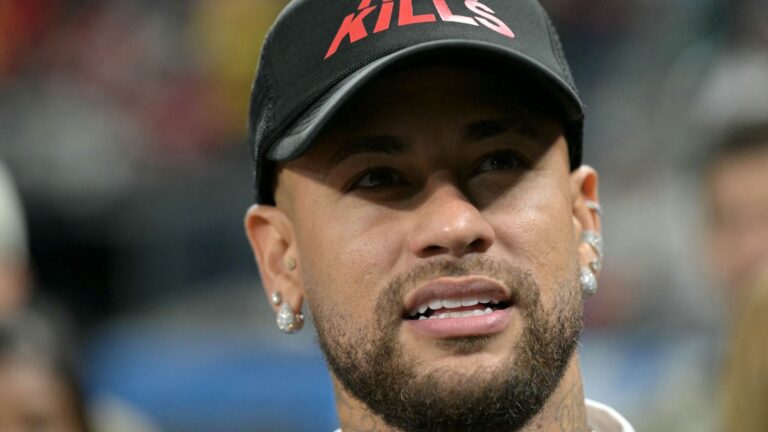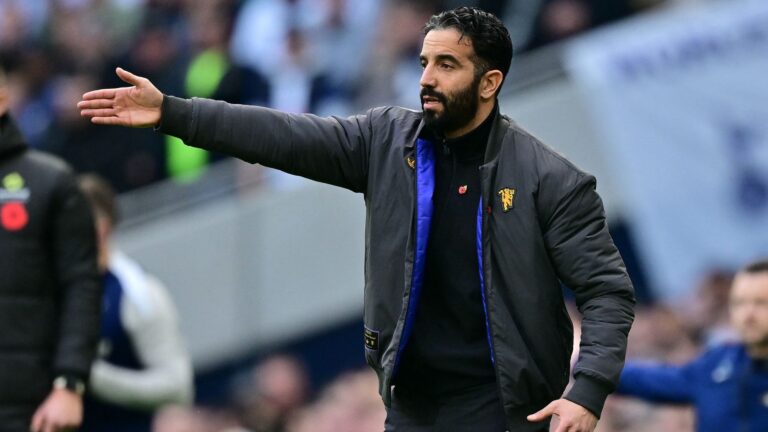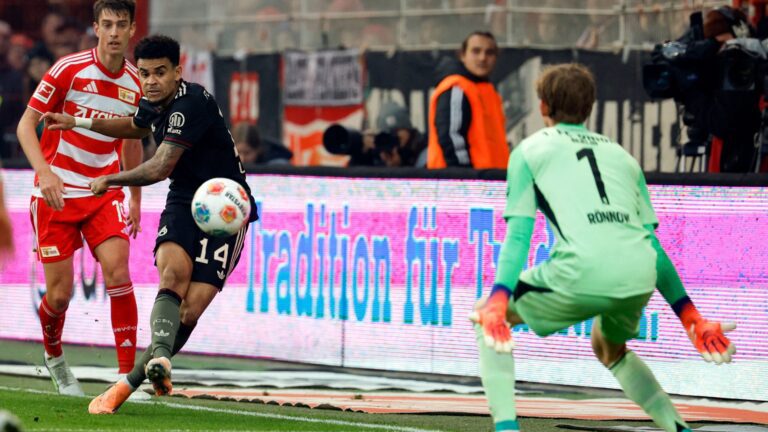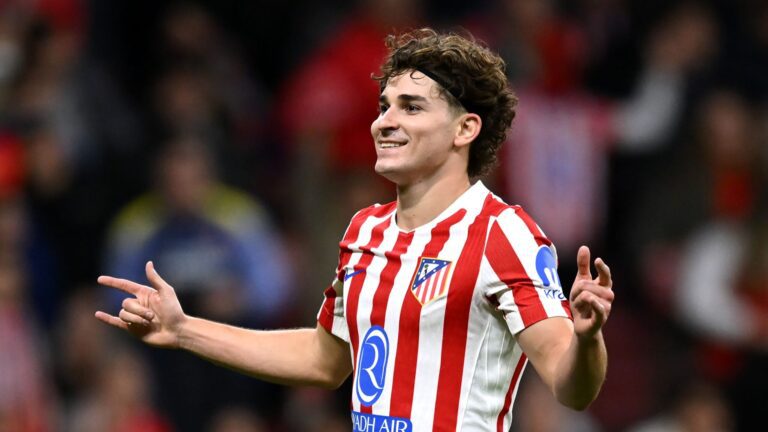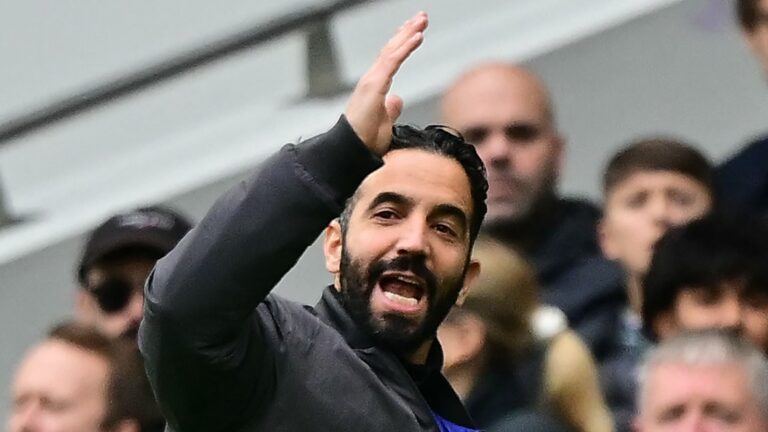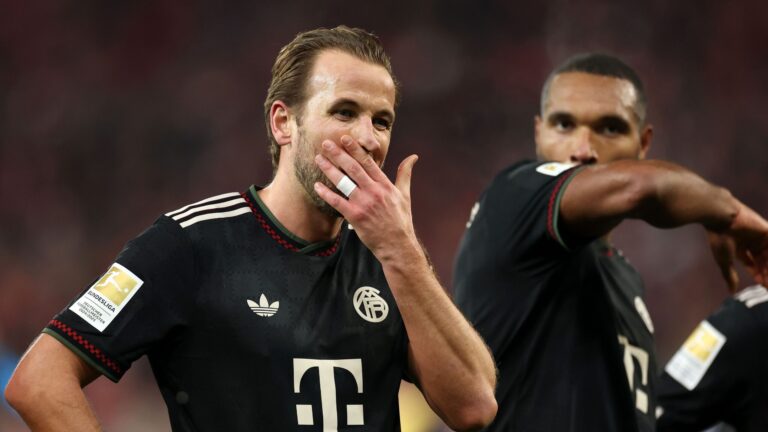Real Madrid’s Bold Yet Risky Strategy for Midfield Overhaul
In the high-stakes world of football management, Real Madrid is grappling with pivotal decisions on squad evolution, particularly regarding the succession of legendary players like Luka Modric. Experts are raising red flags about potential missteps that could jeopardize the team’s future competitiveness, emphasizing the need for careful handling of emerging stars under new coach Xabi Alonso.
- Alerts issued to Madrid concerning Modric’s potential heir
- Guler emerging as a candidate for the position in the upcoming season
- Intense examination of Madrid’s approach to squad renewal



Challenges in Filling the Gap Left by Midfield Icons
Former star and executive Mijatovic has voiced serious concerns to the club, known as Los Blancos, about reshaping their lineup, specifically targeting the idea of promoting Arda Guler to cover for the player now at AC Milan. This move, he argues, might overwhelm the young talent and disrupt team balance.
Evaluating Guler’s Readiness for a Prominent Role
The Turkish international, at just 20 years old, appeared in 28 La Liga matches in the previous campaign, where his minutes on the pitch and influence were curtailed under the previous manager Carlo Ancelotti. Nevertheless, his standout displays in the Club World Cup have led to expectations that he could become central under Xabi Alonso’s leadership. Mijatovic, drawing from his experience, pointed out in an interview with Cadena SER that the demands of succeeding a player of Modric’s stature might prove excessive for Guler at this stage.
Advice on Nurturing Creativity and Avoiding Overload
In his comments, Mijatovic reflected: “Reflecting on our recent experiences, we’ve fallen short in midfield imagination and inventive play. Thrusting Guler into Modric’s spot could be disastrous. Recall when Modric first arrived at Madrid and struggled initially, even before facing Manchester United-we must prevent young prospects from fading under pressure and allow them the space to develop fully.”
Long-Term Rebuilding Considerations
Further, he noted: “As the squad needs refreshing to find equivalents for figures like Modric, Toni Kroos, and Casemiro, it’s unrealistic to transform everything in a single transfer window. The organization must tackle several key choices this offseason to ensure sustainable success.”
Broader Pressures on Real Madrid’s Leadership
Beyond Guler’s development, Alonso faces additional hurdles, including reports that the club is considering parting ways with Vinicius amid stalled contract talks. This adds layers of complexity as Real Madrid strives to maintain its dominance and challenge rivals like Barcelona for the La Liga crown, demanding a strategic and measured approach to team evolution.
The Risks in Replacing Luka Modric
When it comes to Real Madrid’s midfield, Luka Modric has been the backbone for years, delivering precision, vision, and leadership that few players can match. But as the club eyes a risky replacement strategy for the Croatian maestro, experts are raising red flags about potential pitfalls that could disrupt the team’s dynamics. Let’s break down why rushing into a Modric successor might backfire and how this ties into broader football management challenges.
Why Modric’s Departure Poses a Unique Challenge
Modric’s impact on Real Madrid goes beyond goals and assists; he’s a tactical genius who orchestrates plays with unparalleled experience. At 40 years old, his physical decline is inevitable, but replacing him isn’t just about finding a younger version-it’s about maintaining that midfield magic.
- Loss of Experience and Leadership: Modric has been instrumental in mentoring younger players, fostering a winning culture, and stabilizing the team during high-pressure games. A hasty replacement could lead to a leadership vacuum, increasing the risk of sloppy performances in key matches like El Clásico.
- Tactical Imbalance: Real Madrid’s success often hinges on midfield control. Keywords like “Luka Modric replacement strategy” highlight how his playstyle-characterized by intelligent passing and defensive awareness- is hard to replicate. New signings might bring speed or flair, but without Modric’s composure, the team’s defensive structure could suffer.
- Financial and Transfer Risks: Splashing out on a high-profile replacement, such as Jude Bellingham or another emerging talent, involves hefty transfer fees and wages. If the new player doesn’t adapt quickly, Real Madrid could face financial strain or fan backlash, emphasizing the need for a cautious approach in the transfer market.
Potential Pitfalls in the Replacement Process
The debate around Real Madrid’s strategy often centers on balancing short-term needs with long-term growth. For instance, opting for a star like Eduardo Camavinga or Fede Valverde as an internal option sounds promising, but it comes with its own set of risks.
- Integration Challenges: Not every talented player fits seamlessly into Real Madrid’s high-stakes environment. Factors like injury history or adaptation to Carlo Ancelotti’s tactics could derail plans, making “risky Luka Modric replacement strategy” a trending concern among fans and analysts.
- Overlooking Internal Options: While scouting externally is common, ignoring academy stars like Arda Güler or Vinícius Jr. in a hybrid role might stifle their development, leading to wasted potential and higher costs down the line.
Xabi Alonso’s Role in Safeguarding Emerging Talents
Shifting gears, Xabi Alonso, with his storied history at Real Madrid as both a player and now a manager, is perfectly positioned to guide the club through this transition. His experience makes him a key figure in protecting and nurturing the next generation of stars, ensuring they aren’t overshadowed by bold transfer moves.
Alonso’s Experience and Vision for Talent Development
Alonso’s tactical nous, honed during his playing days alongside Modric, gives him a unique perspective on midfield dynamics. As the manager of Bayer Leverkusen, he’s demonstrated how to build a balanced squad by blending youth with experience, a blueprint that could benefit Real Madrid.
- Lessons from Alonso’s Career: Having won major titles with Real Madrid, Alonso understands the pressures of La Liga. He advocates for a patient approach to player development, focusing on keywords like “safeguard emerging talents” to prevent burnout or rushed promotions.
- Strategic Mentoring: Alonso could implement training programs that emphasize skill-building, much like how he mentored players at Leverkusen. This involves personalized coaching to help prospects like Rodrygo or Eduardo adapt to Modric’s role without losing their individuality.
Practical Strategies to Protect Young Players
To avoid the traps of a risky replacement, Alonso should prioritize strategies that foster a supportive environment for emerging talents. Here’s how:
- Gradual Integration Plans: Instead of thrusting a young player into the starting lineup immediately, use rotations and substitute appearances. This minimizes pressure and allows for natural growth, aligning with best practices in football management.
- Bullet points for clarity:
- Start with cameo roles in less critical matches to build confidence.
- Pair newcomers with veterans for on-field guidance, reducing the risk of errors in big games.
- Monitor workloads to prevent injuries, ensuring long-term availability.
- Investment in Youth Infrastructure: Alonso could push for enhanced academy resources, such as advanced training facilities or psychological support. Real Madrid’s history of producing stars like Modric highlights how such investments pay off, making “Xabi Alonso advised to safeguard his emerging talents” a vital discussion point.
- Data-Driven Decisions: Utilize performance analytics to assess readiness, helping identify when a player is truly prepared to step up. This approach, common in modern football, reduces the gamble associated with replacements.
In the evolving landscape of European football, protecting talents like these ensures Real Madrid remains competitive. By weaving in elements of player psychology and team chemistry, Alonso’s influence could turn potential risks into opportunities for sustained success.
Key Considerations for Real Madrid’s Long-Term Strategy
While every club faces turnover, Real Madrid must weigh the broader implications of their moves. Factors like market trends and rival strategies-such as Barcelona’s youth focus-underscore the importance of a measured approach.
Balancing Risk and Reward in Transfers
A successful replacement strategy involves more than just acquisitions; it’s about ecosystem building.
- Risk Assessment Tools: Clubs can use scouting reports and AI-driven analytics to evaluate candidates, ensuring they align with Real Madrid’s style. This proactive step could mitigate issues seen in past transitions.
- Fan and Media Engagement: Keeping supporters informed about development plans builds trust, turning potential controversies into community-driven successes.
Emerging Talents as Future Assets
Finally, safeguarding these players isn’t just defensive-it’s an investment. With the right guidance from figures like Alonso, Real Madrid can cultivate a pipeline of stars, securing their dominance in La Liga and beyond for years to come.


